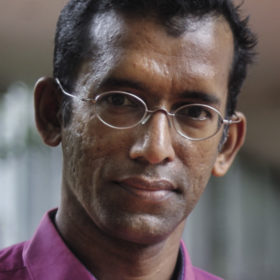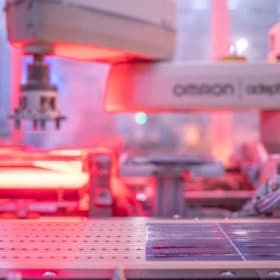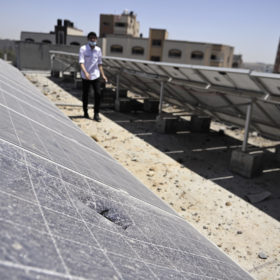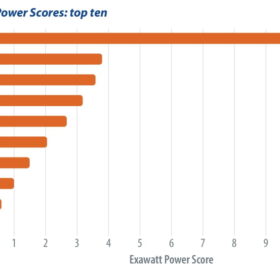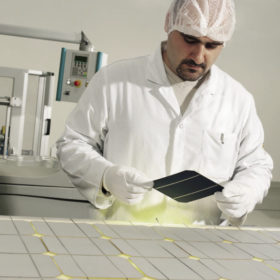In Conversation: The flagship of the energy transition
Ankica Kovač is an assistant professor at the University of Zagreb and the head of the Power Engineering Laboratory. She is also a member of the Council of the President of the Republic of Croatia for Energy Transition, along with numerous energy transition bodies and working groups.
In Conversation: Don’t be afraid of BIPV
Necessity, as it’s said, is the mother of invention. For architect Samira Jama Aden, who plays a central role at Helmholtz-Zentrum Berlin’s BAIP consultancy for building-integrated photovoltaics (BIPV), the need for solar to be part of our built environment is becoming unavoidable. And for Aden, her mission is personal.
In Conversation: The effects of defects
Mónica LiraCantú leads a research group investigating nanostructured materials for photovoltaic energy at the Catalan Institute of Nanoscience and Nanotechnology (ICN2). Recently, her group led a project that looked deep into the crystalline structure of a perovskite solar cell, revealing new information about the formation of defects in the material and how they could be engineered to improve both efficiency and stability. pv magazine caught up with the Barcelona-based scientist to discuss the state of the art in perovskite solar cells and remaining challenges on the road to commercialization.
In Conversation: Dust matters
Anil Kottantharayil currently leads the Centre for Research in Nanotechnology and Science, as well as the Sophisticated Analytical Instrument Facility, at the Indian Institute of Technology (IIT) Bombay. He works on high-efficiency crystalline silicon solar cells, the impact of dust on solar panels, and the long-term reliability of photovoltaic modules.
In Converstation: Top n-type performance
In search of the next leap for cell and module efficiency, module manufacturers are now turning away from mono-PERC and increasingly toward n-type TOPCon technology. A few pioneering manufacturers have already begun mass production for the utility-scale market – including JinkoSolar. pv magazine recently caught up with Roberto Murgioni, Jinko’s division head of technical services and product management in Europe, for an update on the company’s TOPCon plans.
In Conversation: Going full circle
With manufacturing ramping up year by year and policies already looking to get ahead of the large volumes of end-of-life products, the landscape for lithium-ion battery recycling is rapidly changing. pv magazine recently spoke with Mari Lundström, associate professor of chemical and metallurgical engineering at Aalto University, to find out what is needed on the research side for the effective recycling of batteries.
PV resilience under fire
The Gaza Strip, one of the most densely populated areas in the world, is embracing solar energy as a reliable local energy source. However, its 2 million residents still only have access to electricity for just a few hours per day. Amjad Khashmann reports on damages to installed PV systems and the urgent need for new installations to support education, water, and health care.
From the back of the pack
Southeast Asia could well become the global engine room of renewable energy expansion. Population and economic growth is expected across the three decades in which the world has to decarbonize, but the brimming bounty of renewables deployment will force developers to navigate the region’s systems. As it turns out, that could be a treacherous task.
Power players
Everyone likes a league table, and research and consulting firm Exawatt is no different. Now in its third year, Exawatt’s Power Score ranking is a metric that compares PV module manufacturers based on financial health, profitability, and PV presence. Analysts Alex Barrows and Molly Morgan look at which companies topped the table for 2020. They also discuss the surprises ahead and the potential impact of upcoming technology shifts and market changes on Power Score rankings in the future.
Taking the heat
It happens every day: A bird flies over a rooftop solar panel array and deposits an unwelcome offering on a cell. Bird droppings are an annoyance that need to be cleaned off, but can also result in a hot spot on the affected cell, impacting the entire panel’s output and potentially affecting its long-term performance.



